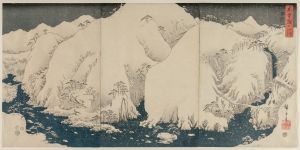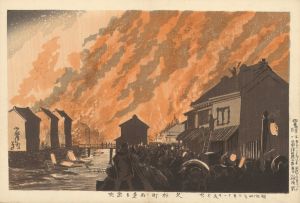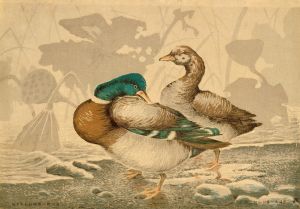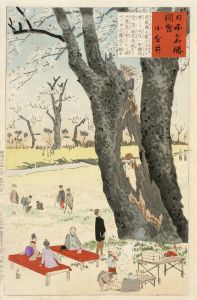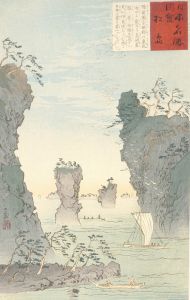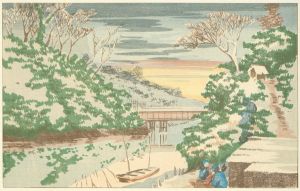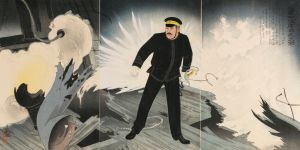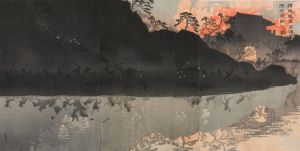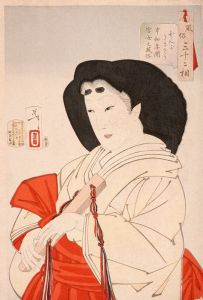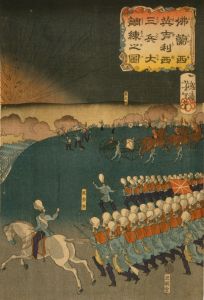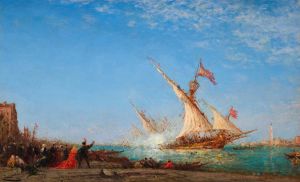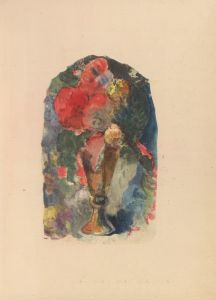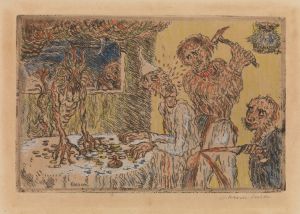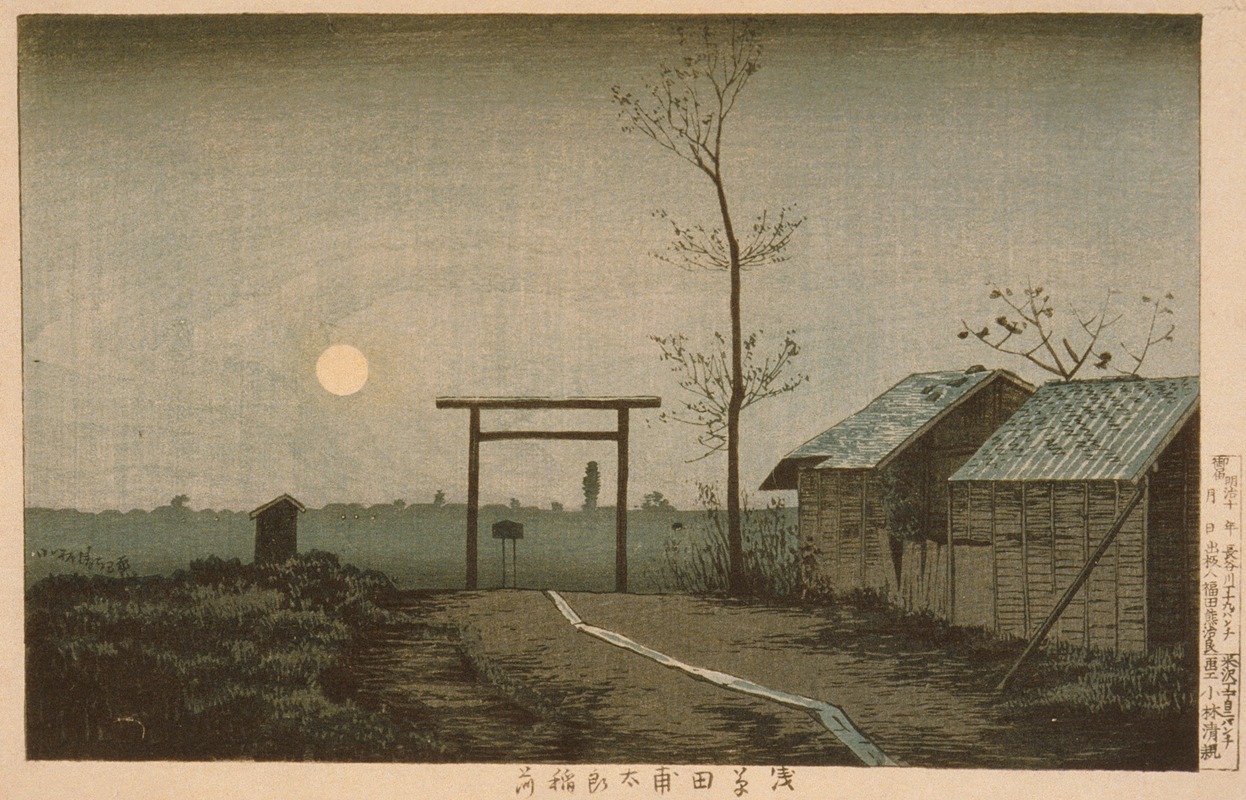
The Tarō Inari Shrine in the Asakusa Ricefields
A hand-painted replica of Kobayashi Kiyochika’s masterpiece The Tarō Inari Shrine in the Asakusa Ricefields, meticulously crafted by professional artists to capture the true essence of the original. Each piece is created with museum-quality canvas and rare mineral pigments, carefully painted by experienced artists with delicate brushstrokes and rich, layered colors to perfectly recreate the texture of the original artwork. Unlike machine-printed reproductions, this hand-painted version brings the painting to life, infused with the artist’s emotions and skill in every stroke. Whether for personal collection or home decoration, it instantly elevates the artistic atmosphere of any space.
"The Tarō Inari Shrine in the Asakusa Ricefields" is a woodblock print created by Kobayashi Kiyochika, a prominent Japanese artist of the Meiji era (1868–1912). Kiyochika is widely recognized for his innovative approach to ukiyo-e, a traditional Japanese art form that flourished during the Edo period. His works often reflect the rapid modernization and transformation of Japan during the late 19th century, blending traditional techniques with Western influences such as perspective and shading.
This particular print is part of Kiyochika's celebrated series of landscapes and urban scenes, which document the changing face of Tokyo (formerly Edo) during the Meiji Restoration. The print depicts the Tarō Inari Shrine, a Shinto shrine located in the Asakusa area of Tokyo. Inari shrines are dedicated to the deity Inari, associated with rice, agriculture, and prosperity. The shrine is set against the backdrop of the Asakusa rice fields, a reminder of the area's agricultural past before its urbanization.
Kiyochika's work is notable for its atmospheric use of light and shadow, often capturing scenes at dawn, dusk, or under moonlight. This print exemplifies his ability to evoke a sense of quietude and introspection, contrasting the traditional rural setting with the encroaching modernity of the Meiji period. The composition likely reflects Kiyochika's interest in the interplay between Japan's cultural heritage and the rapid industrialization occurring during his lifetime.
As with many of Kiyochika's works, this print demonstrates his mastery of the woodblock printing technique, as well as his keen eye for detail and composition. His art is often compared to Western etchings and lithographs of the same period, as he incorporated elements of Western realism while maintaining the distinct aesthetic of Japanese ukiyo-e.
While specific details about the exact date of creation or the context of this particular print are not readily available, it remains an important example of Kiyochika's contribution to the evolution of Japanese art during a time of significant cultural and societal change. Today, his works are highly regarded for their historical and artistic value, offering a window into the Meiji era's dynamic interplay between tradition and modernity.





